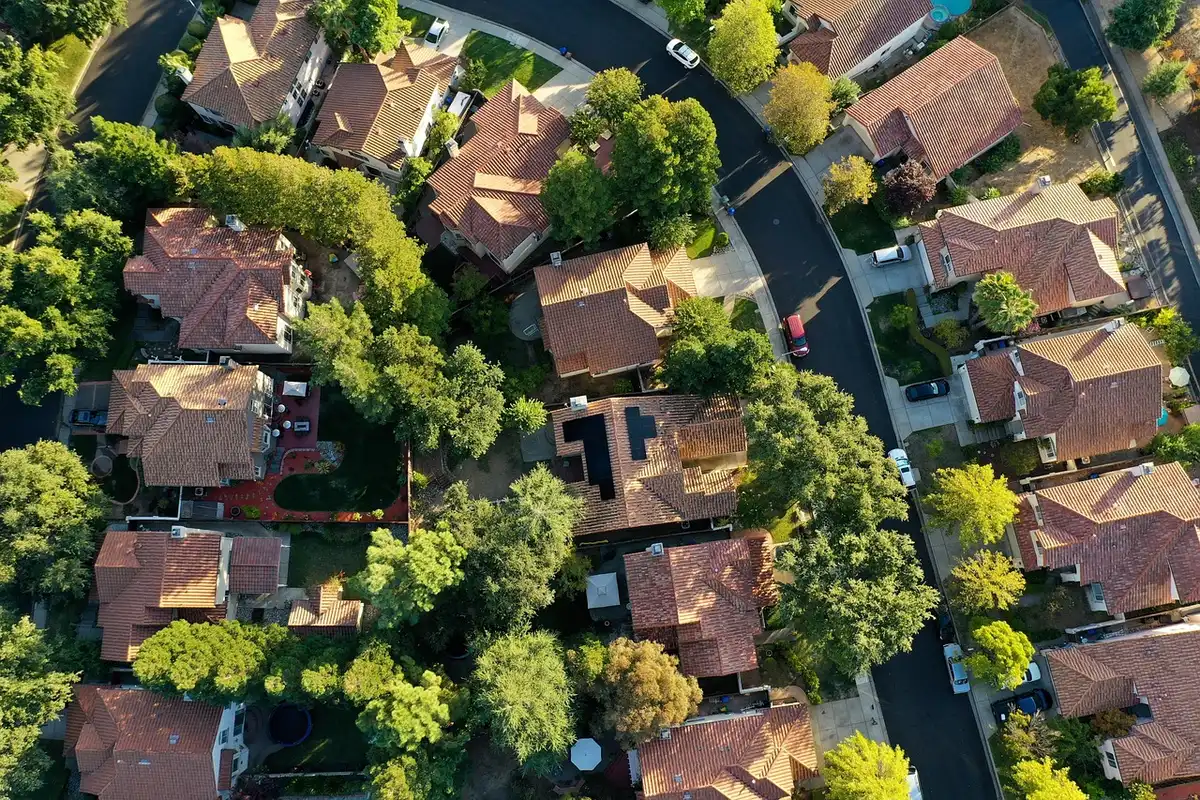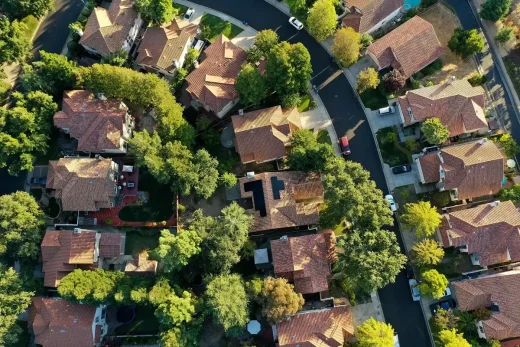Sustainable ecommerce packaging for your business guide, Modern package design
The Evolution of Sustainable Packaging in the Architecture Sector
19 February 2025
The Evolution of Sustainable Packaging in the Architecture Sector: Beyond the Basics
The principle of sustainability has emerged as a cornerstone in contemporary architecture, shaping aspects such as energy-efficient designs and the selection of renewable materials. Nevertheless, a frequently neglected yet vital element of sustainability within the construction industry is packaging. The packaging and transportation of construction materials significantly influence the environmental impact of a project.
Throughout the years, sustainable packaging has transformed from a simple cost-saving or waste-minimization tactic into a fundamental aspect of conscientious construction practices. Today, cutting-edge materials and intelligent packaging solutions are revolutionising the architecture sector’s approach to packaging, harmonising it with worldwide sustainability objectives. This article delves into the historical evolution, contemporary innovations, and prospective developments in sustainable packaging in the architecture sector.
A Historical Perspective on Packaging in the Construction Industry
The initial phases of the construction industry depended largely on conventional packaging materials that were both accessible and economical. Wooden crates, cardboard boxes, and metal containers served as the preferred options for the transportation of construction materials. Nonetheless, these packaging alternatives presented significant drawbacks, such as considerable environmental impacts, substantial waste production, and restricted recyclability.
As the 20th century drew to a close, a growing consciousness regarding environmental degradation prompted a transformation in societal attitudes. The 1970s and 1980s marked a significant rise in eco-conscious movements that urged various industries, including construction, to embrace sustainable practices. Throughout this time, the use of recycled cardboard and reusable metal containers became increasingly favoured as substitutes for single-use packaging. However, these alternatives still presented certain constraints, especially regarding their durability and practicality for extensive construction endeavours.
The genuine evolution in sustainable packaging commenced in the 1990s and early 2000s, when innovative materials and technologies began to redefine the industry. Innovations in bioplastics, modular packaging, and lightweight composites have equipped architects and builders with environmentally conscious options that satisfy both sustainability objectives and functional needs.
The Rise of Innovative Glass Packaging in Architecture
Among the remarkable advancements in sustainable packaging for construction materials is the incorporation of glass packaging. Historically linked to the food and pharmaceutical sectors, glass packaging has increasingly found its place in architecture, thanks to its recyclability, chemical inertness, and reusability. In contrast to plastics, glass remains inert and does not emit harmful chemicals into the environment. This quality makes it an outstanding choice for packaging building materials that necessitate long-term storage or transportation.
Nonetheless, incorporating glass into packaging presents certain challenges. Glass presents a greater weight and fragility compared to alternative materials, potentially complicating logistics and elevating transportation expenses. In light of these challenges, the enduring environmental advantages significantly surpass the drawbacks, especially in initiatives where sustainability takes precedence. Through the enhancement of glass packaging designs—incorporating reinforced tempered glass or protective coatings—companies are effectively tackling these challenges, thereby positioning glass as a more practical option.
Architects seeking sustainable alternatives beyond conventional materials are increasingly turning to innovative packaging solutions, like biophotonic glass, for architectural applications. Discover the benefits of glass dropper bottles and explore various sustainable packaging alternatives.
Zero-Waste Construction Projects and the Role of Packaging
The idea of zero-waste construction is gaining significant importance as architectural endeavours strive to reduce their ecological footprint. The significance of packaging cannot be overstated, as the waste produced from packaging materials constitutes a major portion of the total waste generated in construction projects.
Numerous prominent construction firms are currently embracing packaging strategies that highlight recyclability, reusability, and the reduction of waste generation. The increasing popularity of modular packaging is noteworthy, as it enables the disassembly and reuse of packaging materials for various projects. This method not only minimises waste but also results in considerable cost savings over time.
Furthermore, compostable packaging materials derived from plant-based bioplastics are proving to be a significant innovation in construction logistics. These materials decompose naturally after use, thereby removing the necessity for landfill disposal and minimising the carbon footprint associated with packaging.
Circular Economy and Packaging in the Construction Sector
The adoption of circular economy principles marks a significant transformation in sustainable packaging trends, emphasising the design of materials for continuous reuse and recycling rather than disposal after one use. This transition marks a significant move away from the conventional linear approach of “produce, use, dispose,” promoting a framework in which materials retain their value for an extended period.
The implementation of circular economy principles in construction packaging has resulted in innovative packaging solutions such as:
- Recycled and upcycled materials: Utilising materials that have been repurposed for packaging, thereby minimising the reliance on new resources.
- Reusable transport containers: Robust packaging solutions designed for repeated use prior to recycling.
- Biodegradable packaging: Eco-friendly packaging that breaks down naturally, ensuring no harm to the environment.
These sustainable packaging solutions play a significant role in minimising waste while enhancing efficiency and cost-effectiveness in construction practices.
Case Study: Bosco Verticale’s Approach to Sustainable Packaging
A prime illustration of sustainable packaging solutions in contemporary architecture is Bosco Verticale, the famous vertical forest located in Milan, Italy. This innovative project, conceived by architect Stefano Boeri, seamlessly incorporates greenery into a high-rise structure, aiming to improve urban biodiversity and air quality.
The Bosco Verticale project placed sustainability at its core, encompassing not only the structure but also the materials and packaging utilised in its construction. The architects and developers undertook a deliberate initiative to:
- Utilise packaging materials that are both recyclable and biodegradable for the transportation of building components.
- Engage with suppliers to guarantee that all packaging complies with rigors environmental standards.
- Minimise packaging waste through the adoption of reusable and modular packaging systems.
This strategy effectively reduced the project’s environmental impact, establishing a benchmark for upcoming architectural designs that emphasise sustainability throughout all phases of construction.
The Future of Sustainable Packaging in Architecture: Trends and Innovations
Exciting advancements are on the horizon for sustainable packaging in the construction industry, as emerging technologies are ready to transform the landscape. Important trends to monitor are:
- Biodegradable and compostable packaging: Researchers are innovating with plant-based materials that naturally decompose, thereby removing the necessity for conventional waste management practices.
- Smart packaging technologies: Innovative solutions like sensor-equipped packaging can effectively track the condition of construction materials throughout transportation, minimising waste caused by spoilage or damage.
- Lightweight and high-strength materials: Advanced composites are enhancing packaging by making it both durable and lightweight, thereby minimising the carbon footprint linked to transportation.
- 3D-printed packaging: Custom-printing packaging on demand is effectively minimising material waste while enhancing packaging design tailored to specific construction requirements.
The construction industry is poised to transcend traditional sustainability practices, entering a new phase characterised by intelligent and resource-efficient packaging solutions.
Sustainable Packaging in Architecture – Final Thoughts
The evolution of sustainable packaging in the architecture sector has been remarkable, transitioning from basic recycled materials to innovative smart packaging solutions that effectively reduce waste and enhance efficiency. The construction industry is making notable advancements in sustainability, utilising glass packaging, modular packaging designs, and circular economy practices.
Architects, developers, and manufacturers play a crucial role in ensuring that packaging decisions reflect a commitment to environmental responsibility. The ongoing shift towards biodegradable materials, reusable systems, and technological advancements indicates a bright future for sustainable packaging.
Comments on this guide to The Evolution of Sustainable Packaging in the Architecture Sector: Beyond the Basics article are welcome.
Building Articles
Residential Architecture
Comments / photos for the The Evolution of Sustainable Packaging in the Architecture Sector: Beyond the Basics page welcome






